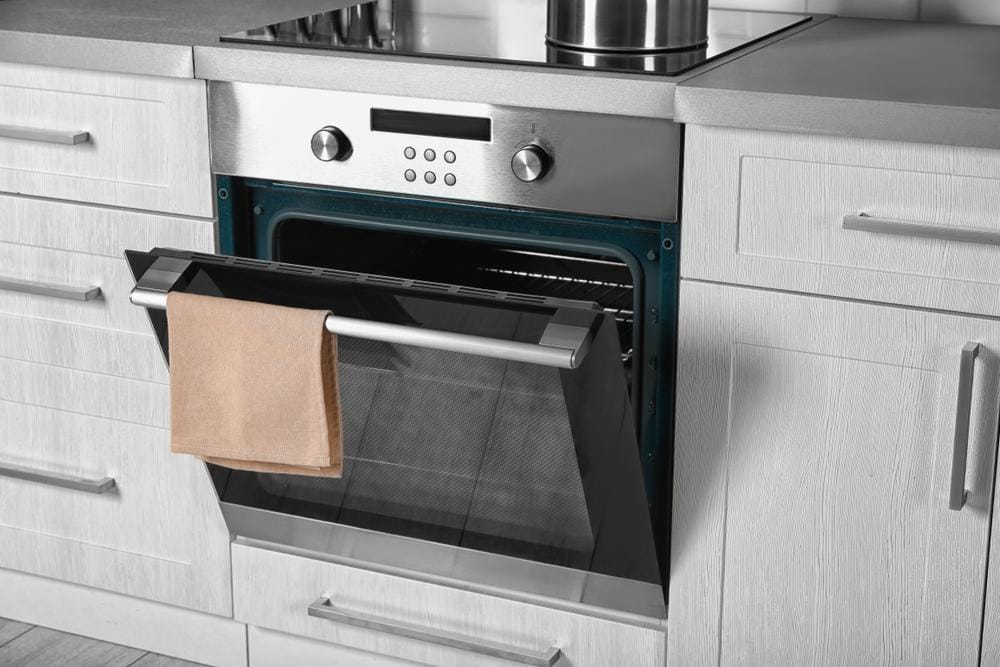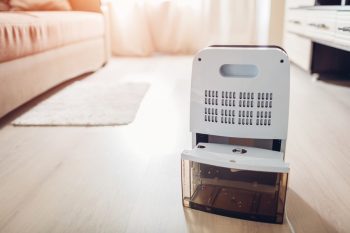
Dehydrating plums in the oven is a fantastic way to preserve their flavor and nutritional value while also creating a delicious, portable snack. However, the process can be a little tricky if you’re not familiar with it. In this article, we’ll walk you through the steps, offer tips, and provide solutions to common mistakes to ensure your dried plums turn out perfectly every time.
To dehydrate plums in the oven, first prepare your plums by selecting ripe ones, washing them, removing the pits and stems, and cutting them into halves or quarters. Preheat your oven to the lowest temperature possible (around 180°F or 200°F), arrange the plums on a parchment-lined baking sheet without overlapping, and bake for about 8 hours. Check for doneness ensuring the plums are fully dried but still pliable. Allow them to cool completely before storing in an airtight container in a cool, dry place.
Why Dehydrate Plums in the Oven?
Dehydrating plums in the oven offers numerous benefits. Not only does it concentrate the flavor of the plums, making them even sweeter and more delicious, but it also preserves their nutritional value. Plums are rich in fiber, antioxidants, vitamins, and minerals, and dehydrating them allows you to enjoy these health benefits for an extended period.
Moreover, dehydrated plums are easier to carry and store due to their reduced size and weight, making them a great option for hiking trips, packed lunches, or quick snacks. They can also be used in a variety of recipes, adding a sweet and tangy flavor to salads, baked goods, and snacks.
Preparing Your Plums for Dehydration
Before you can start dehydrating your plums, you’ll need to prepare them properly. This process involves several important steps:
- Selecting the plums: Choose firm, ripe plums for the best results.
- Cleaning the plums: Wash the plums thoroughly to remove any dirt or debris.
- Removing the pits and stems: Use a sharp knife to cut the plums in half and remove the pits and stems.
- Cutting the plums: Cut the plums into your preferred segments, such as halves or quarters. If using half slices, it’s helpful to cut slits in the skin to prevent case hardening.
Dehydrating the Plums in the Oven
Once your plums are prepared, it’s time to start the dehydration process. Here’s how:
- Preheat your oven: Set your oven to the lowest temperature possible, ideally around 180°F (82°C) or 200°F (93°C).
- Arrange the plums: Place the plums on a parchment-lined baking sheet, cut side up, ensuring that they do not overlap.
- Bake the plums: Place the baking sheet in the preheated oven and let the plums dry for about 8 hours. However, the drying time may vary depending on the size and moisture content of the plums, so it’s essential to check their progress periodically.
- Check for doneness: The plums should be fully dried but still pliable when they’re done. Make sure there’s no moisture or moisture pockets in them to ensure proper storage.
Common Mistakes to Avoid
When dehydrating plums, there are several common mistakes to avoid. One of the most common is using too high a temperature, which can cause the plums to cook instead of dehydrate. Another common mistake is failing to rotate the trays, which can result in uneven drying.
Additionally, it’s important to check the plums regularly while they’re drying and to allow them to cool completely before storing them. Not doing so can result in moisture buildup, which can lead to spoilage.
Storing and Preserving Dehydrated Plums
Properly storing dehydrated plums is key to preserving their flavor and nutritional value. The best way to store them is in an airtight container in a cool, dry place. If stored properly, dehydrated plums can last for about 6 to 12 months at normal room temperature. If stored in the refrigerator or freezer, they can last for 1 to 2 years.
Conclusion
Dehydrating plums in the oven is a simple and effective way to preserve their flavor and nutritional value. By following these steps and tips, you can enjoy delicious, homemade dried plums anytime you want. Happy dehydrating!
Remember, the key to successful dehydration is patience and attention to detail. Happy dehydrating!
Frequently Asked Questions
Can I use any variety of plums for dehydration?
Yes, you can use any variety of plums for dehydration. However, keep in mind that different varieties may have slightly different drying times due to variations in size and moisture content.
How can I use dehydrated plums in my cooking?
Dehydrated plums can be used in a variety of dishes. You can add them to your morning cereal or yogurt, use them as a topping for salads, or incorporate them into baked goods for a sweet and tangy flavor. They can also be rehydrated by soaking in water and used in recipes that call for fresh plums.
Can I dehydrate other fruits using this method?
Yes, this method can be used to dehydrate many types of fruits, such as apples, pears, peaches, and cherries. Just make sure to adjust the drying time based on the size and moisture content of the fruit.
Can I use a dehydrator instead of an oven?
Absolutely! If you have a dehydrator, you can definitely use it to dehydrate plums. The process is very similar, but you’ll need to follow the manufacturer’s instructions for temperature settings and drying times.
What is the best way to rehydrate dried plums?
The best way to rehydrate dried plums is to soak them in warm water for about 20-30 minutes or until they reach your desired level of softness. Drain the water and pat them dry before using.












